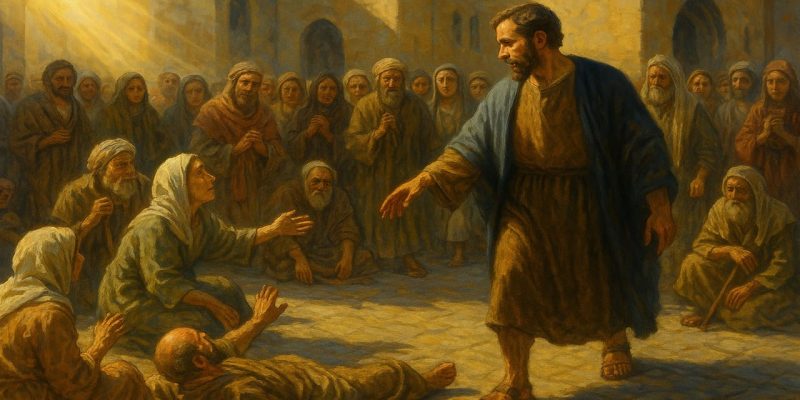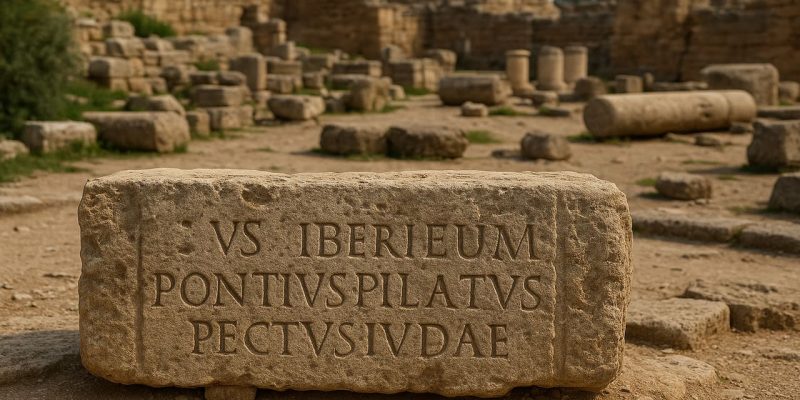Thorn Ville Church – The story of water into wine is more than just a miracle; it is a quiet unveiling of something much greater. Found in John 2:1–11, the account of Jesus turning water into wine at a wedding in Cana marks the first recorded miracle in the New Testament. While it may seem subtle compared to later acts of healing or resurrection, this moment holds deep symbolic meaning. It serves as a gentle yet powerful whisper of the glory to come the beginning of Jesus revealing His divine nature to the world.
A Wedding in Cana: The Setting of the First Sign
The scene opens with a wedding celebration in Cana of Galilee. Jesus, His mother Mary, and His disciples are among the guests. Weddings in Jewish tradition were joyful, week-long events filled with feasting and fellowship. Running out of wine wasn’t just inconvenient; it was socially embarrassing and could reflect poorly on the host’s honor and hospitality.
In this moment of crisis, Mary approaches Jesus not with panic, but with trust. She simply says, “They have no more wine.” While Jesus replies, “My hour has not yet come,” He still honors His mother’s faith by taking quiet action.
This first miracle doesn’t come with fanfare. There’s no public announcement. Jesus instructs the servants to fill six large stone jars with water. After they do so, He tells them to draw some out and bring it to the master of the banquet. What he tastes isn’t water it’s fine wine, better than what had been served earlier.
Also Read : The Prophet and the Poisoned Pot: A Forgotten Miracle of Elisha
Water into Wine: The Sign Beneath the Surface
At a glance, this might seem like a minor miracle compared to healing the blind or walking on water. But the transformation of water into wine carries a deeper message about the nature of Jesus’ mission.
- Transformation as a Theme
Jesus didn’t simply provide more wine He created something better than what had come before. This is a symbolic preview of what His ministry will do: transform lives, hearts, and even covenants. Just as water becomes wine, so the old is made new through Christ. - From Purification to Celebration
The stone jars used in the miracle were the kind used for Jewish ceremonial washing. By using these, Jesus signals that ritual purification will no longer come from tradition alone, but through something greater the joy, abundance, and grace He brings. - The Quietness of Glory
Jesus performs this miracle not in front of the entire crowd, but quietly, through the servants. His glory is shown not through spectacle, but through humble action. It’s a model of divine power wrapped in humility.
What This Miracle Reveals About Jesus
The Gospel of John calls this miracle a “sign” not just a supernatural event, but a pointer to something deeper. Through this first sign, Jesus revealed His glory, and His disciples began to believe in Him. This marks a turning point: it’s no longer just about following a teacher, but recognizing the Messiah.
The miracle also reveals:
- Jesus’ compassion: He cares about human need, even something as simple as wedding wine.
- His authority over nature: With a word, He changes the properties of water.
- His invitation to belief: Even in private, He gives those close to Him a reason to trust.
Also Read : U.S. Labor Market Stability and Federal Reserve Policy Outlook
From Cana to Calvary: The Path Begins Here
The miracle at Cana wasn’t just about wine. It was about foreshadowing a kingdom in which celebration, transformation, and abundance would define the relationship between God and His people. What began quietly in Cana would echo loudly in His later miracles, His death, and resurrection.
This first act whispers what the cross would later proclaim: Jesus came not just to meet our needs, but to change us completely.






